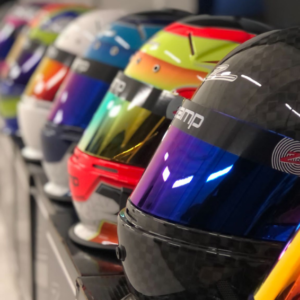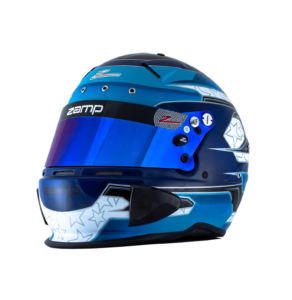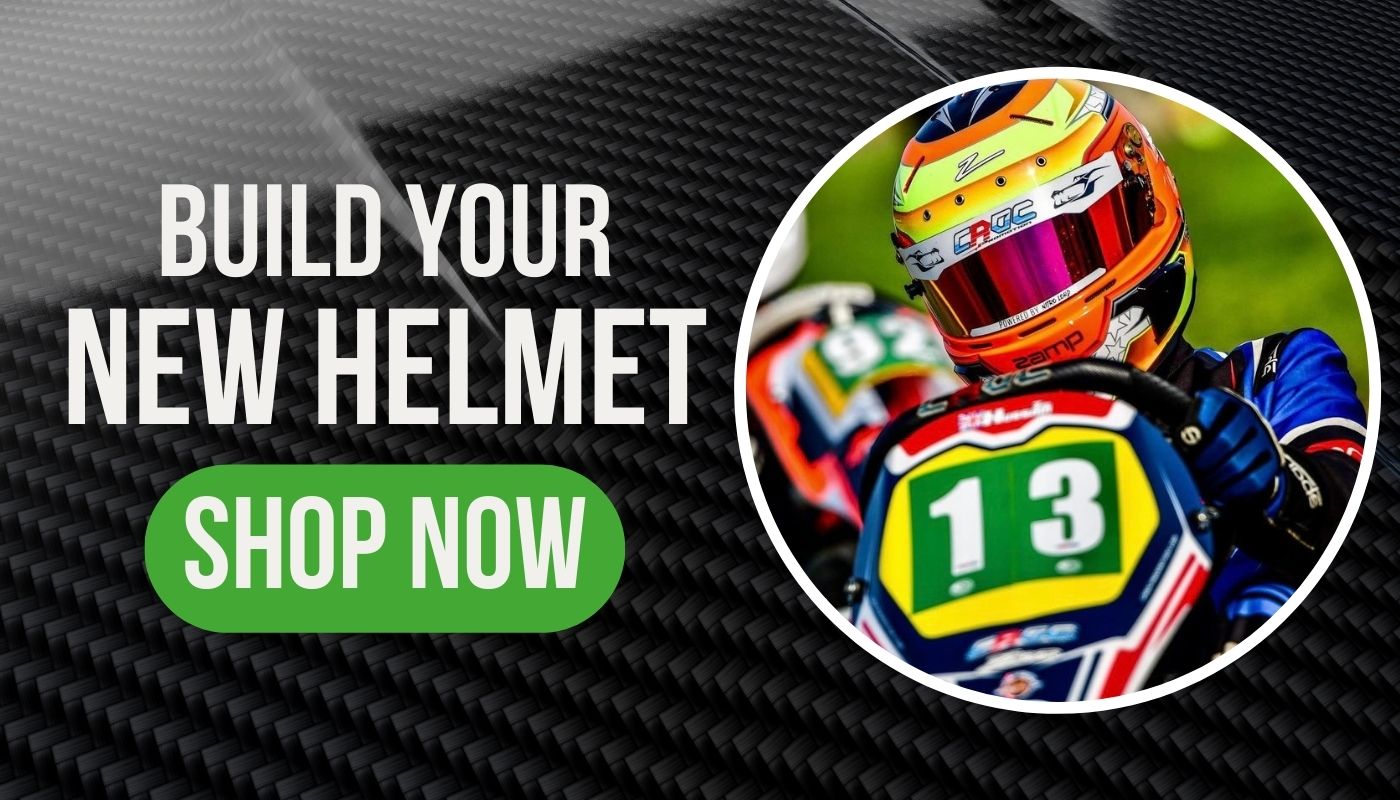It’s a question we get asked often: “when will I need a new helmet?” It is not a simple answer but below we have given you some tell tale signs to look out for that your helmet is in need of replacing.
1. Inner Pads & Liners
Your inner pads & liners are usually one of the first things to begin showing signs of wear when you are using your helmet regularly. This padding is there to not only provide comfort but to offer further stability & safety to your helmet, so if you’re noticing that your padding has thinned down, ripped, torn or become shiny from too much exposure to things like sweat, hair products & petrol fumes, it may be time for a new helmet (or new pads/liners).
 2. Fitment
2. Fitment
One of the clearest indicators of needing a new lid is that it no longer fits how it should. To keep you as safe as possible, there should be no wobbling or wiggle room in your helmet when you shake your head. It also shouldn’t be so tight that it’s uncomfortable to you. If you try your helmet on and it’s either feeling too big or too small, it could be time for a new one.
3. Outer Shell
Of course if you drop your helmet and it cracks, you need to seek a replacement immediately. However, there are also other subtle signs on your outer shell that it’s time to replace your helmet. For example, sun damage and fading could indicate that you’ve had your helmet for a long time & therefore is time to switch it up. Things like scuffs and cracks are also a fair indication of extensive wear & damage, meaning you will need to replace your helmet.
 4. Chin Strap
4. Chin Strap
The chin strap on a helmet gets arguably the most wear out of any other part of the helmet between pulling your helmet on and off, and the fastening mechanism. If you’re noticing that your chip strap is getting frayed, the fastening mechanism is becoming faulty or the padding on your chin strap is cracking or wearing thin, it’s time to look for a new helmet.
5. Safety Standards
It is crucial when racing to ensure your helmet is up to date with the relevant homologation. By keeping your helmet up to date, you not only ensure you’re always safe & able to race, but you can also benefit from new technologies, keep your accessories up to date and access new safety features that may have been developed since you last bought your helmet.
 6. You Just Know..
6. You Just Know..
The general consensus is that regular users should replace their helmets every 3-5 years. The glues, resins and other materials used in the making of the helmet can lose their effectiveness and also deteriorate the lining. Even if there is no obvious damage to your helmet, if it is starting to look worse for wear, has a smell to it that is less than desirable or it has simply seen better days, it may be time to hang it up and treat yourself to something new.
On the whole, when it comes to judging whether your helmet is ready to be replaced, it’s always better to be safe than sorry. If there is any doubt in your mind about the safety & security of your helmet, it’s time to replace it. Remember, it’s the one thing standing between you and a pretty serious injury so it’s not a risk worth taking.





